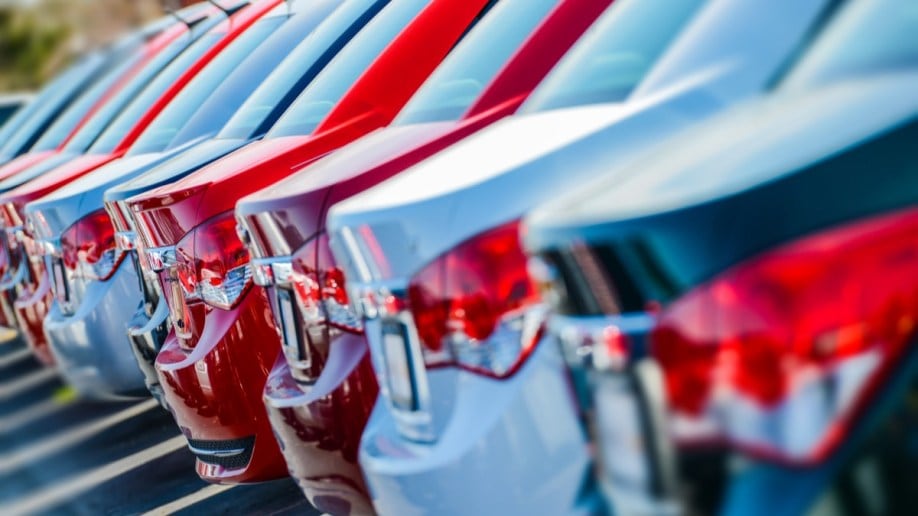In the strictest terms, dealer cost is the actual price the dealer paid to the manufacturer for the car on the lot or showroom floor. In practice, dealer cost is the lowest price a dealer can accept for the vehicle without losing money. It is difficult for anyone but the dealer to know this cost, as it changes according to variables that differ from dealer to dealer.
When determining dealer cost, ignore all posted prices for the vehicle. In some situations, a dealer will share their invoice price with a potential buyer during negotiations. The invoice price serves as a starting point for researching the cost, as it lists the price based on the make and model of the car and the listed features. However, it does not include any payments or discounts provided to the dealer for selling the vehicle to a buyer.
The first payment that will change the listed dealer invoice price is the dealer incentive. This cash payment is provided directly to the dealer for a sale. It’s the equivalent of a dealer-side car rebate and reduces the cost that the dealer has to pay for the vehicle. Many dealers also receive a dealer holdback, an amount of money that the manufacturer provides to offset the cost of stocking and advertising new cars.
Some dealers will also save on the cost of vehicles through manufacturer bonus programs. A dealer can receive a bonus for selling cars that the manufacturer is especially interested in moving or selling a specified number of vehicles. Dealers may even be encouraged to sell a car at a low financing rate arranged by the manufacturer that takes the place of a dealer rebate. In this case, the saved rebate amount is subtracted from the total dealer cost of the car.
Each payment from the manufacturer lowers the dealer cost of the car, and these savings can be passed on to the buyer as an incentive to purchase — or not.








